Search Results for 'Dick Byrne'
14 results found.
Peadar O’Dowd, the passing of an old Galwegian
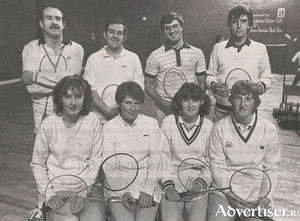
Peadar O’Dowd’s credentials for writing about Galway were impeccable. One of four children, Nono, Willie, Martin and Peadar, born to their parents John and Bridget, he grew up in Bohermore and was always grateful for the fact. He lived his life there and throughout that life would celebrate the area and its people in hundreds of articles and interviews he published in various newspapers and journals.
Heavenly music in Galway
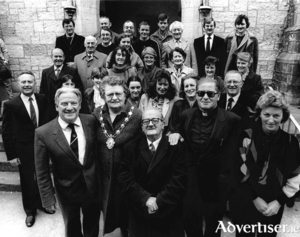
On November 26, 1905, the new organ in the Augustinian Church was launched at a High Mass. The organ was placed ‘in the western gallery of the church in a handsome varnished case of specially selected woods, stands 26 feet high and 25 feet wide. The front pipes, some of which are over 18 feet long, are gilt and present a superb effect. The sides of the organ are recessed to leave room for an augmented choir and for the present, the organ is blown by hand at one end of case; at a future time it is hoped to apply a hydraulic motor to do this work. There is great variety in the tones of the various stops and the general effect of all combined is truly magnificent. The entire work reflects great credit on the builders who built it at their factory in Dublin. The number of speaking pipes in the organ is close to 2,000.'
The scholars of '73
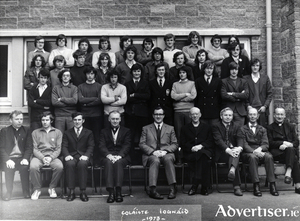
What memories do you have of your schooldays? Here are some reminiscences of a few old ‘Jes-mugs’.
'It was in the air'
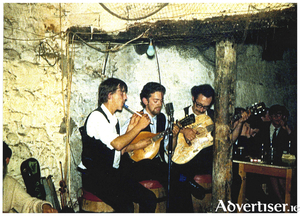
Prior to 1961, public performance of Irish traditional music in Galway took place primarily in the form of céilís in large dancehalls — namely in the Hangar, the Commercial and the Astaire. These were enormously popular — remember the hundreds of bicycles parked outside the Hangar on a Sunday night — but they began to go out of fashion in the sixties and were regarded as old fashioned and backward.
Moon’s
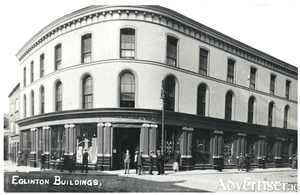
This building was designed by a Mr Farquarson around the year 1812. It has a three storey façade. The bays on the ground floor are articulated by paired fluted ionic pilasters while on the first floor, there are round-headed windows with moulded architraves which are flush with the wall surface and on the second floor segmented–headed windows similarly treated. The exterior has been preserved unchanged since it was built and is one of the most attractive corners in Galway, complemented by the rounded corner of what used to be McNamara’s and the elegant corner of what used to be Dillon’s.
Advertiser founder to be conferred with honorary degree by NUI Galway
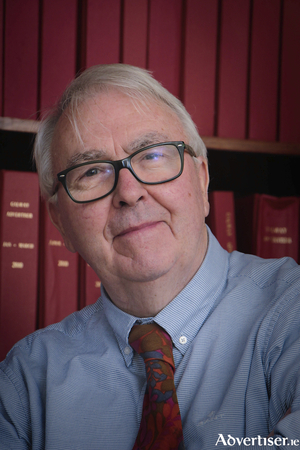
The founder of the Galway Advertiser; the first female conductor at the Academy Awards; and the west of Ireland man who spearheaded the global Covid-19 response are all among 14 individuals who will be conferred with Honorary Degrees by NUI Galway in 2021.
Devon Park, a brief history
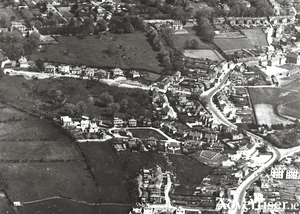
The area we know as Devon Park in Salthill was originally part of the Lenaboy estate which belonged to the O’Hara family, who were based in Lenaboy Castle. The entire left hand side of our aerial photograph (c1940) was part of the estate, originally a green field site, the outer wall of which ran along the main Salthill Road. Bertie Simmons knocked part of that wall in the early 1930s and built two houses, one at the corner (where the fish shop is today) and one behind it where Hartigans lived.
Taibhdhearc@90 - a major celebration for a major birthday
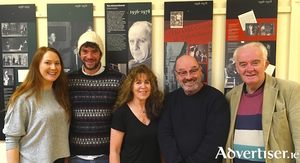
AN TAIBHDHEARC, the city’s oldest theatre and the national Irish language theatre of Ireland, is about to celebrate its 90th birthday with Taibhdhearc@90, a star-studded show, to be directed by Maolíosa Stafford.
Dealing with whatever the ocean sends
It is not surprising that any child with imagination, and an interest in the sea, would spend time at the city’s harbour watching the ships come and go, and the men who worked there as they talked and unloaded fish or cargo. As a child Kathleen Curran, once the home chores were done, would run down the back paths from her home on College Road and along Lough Atalia to the docks. ‘There she would stand and gaze in wonder at the ships, boats and trawlers, hookers and gleoteóigs tied up or coming and going about their business.’
Looking west on Shop Street, c120 years ago
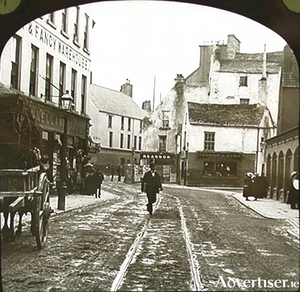
The first thing you notice about this image is the state of the street surface with its animal droppings and puddles. You had to be careful crossing the street, which is why they laid down cobbles between footpaths, you can see them at the entrance to Church Lane and Churchyard Street.

